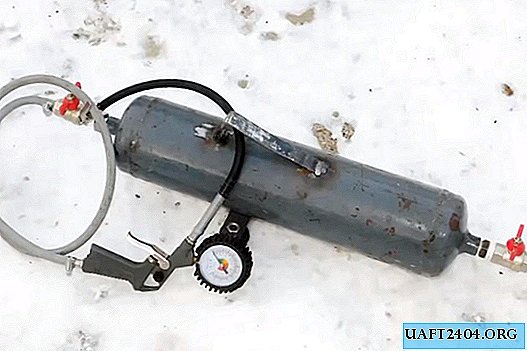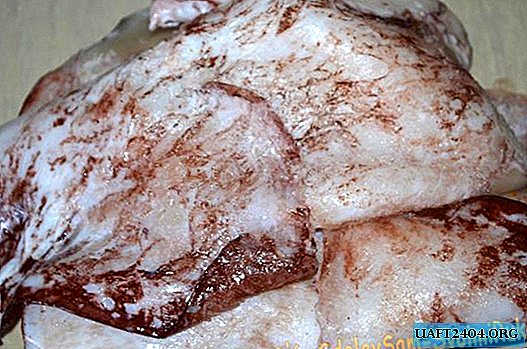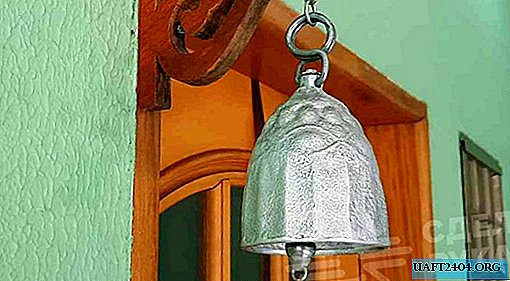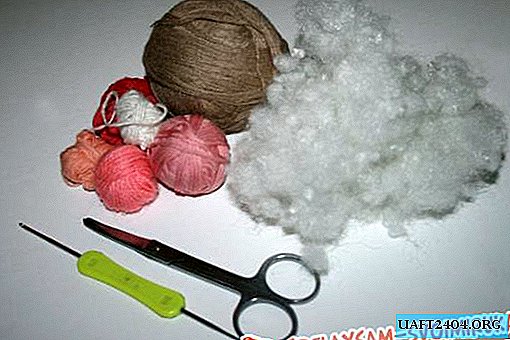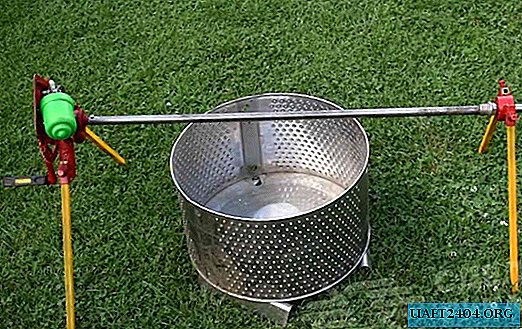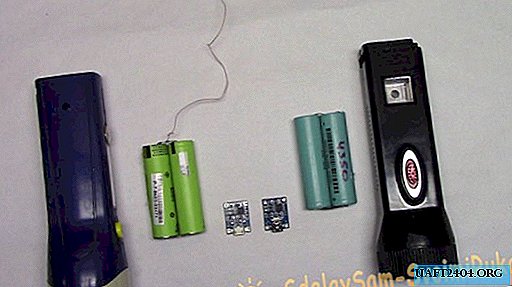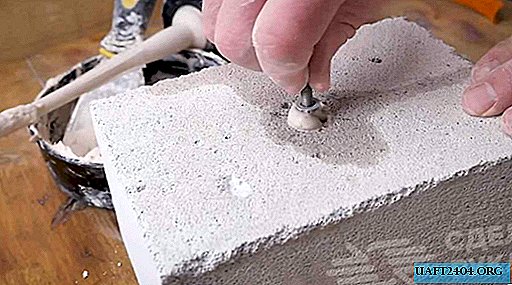
With the advent of building materials such as aerated concrete, a chemical anchor has also become widespread. In fact, this is the most effective method of fastening, which allows you to securely attach heavy objects to the wall.
The basis of the chemical anchor is a special adhesive composition that adheres firmly to the porous structure of the aerated concrete block or foam concrete. Also in the "composition" of the chemical anchor includes a stud and sleeve.
But just what chemical anchor is best suited for aerated concrete and more efficiently cope with its task? Is it worth buying a finished product or is it better to do it yourself?
To this end, the author decided to conduct a small experiment to put an end to this issue.
How to mount a chemical anchor
Before installing a chemical anchor in an aerated concrete block, it is necessary to carry out a number of preparatory measures. First, you need to drill a hole with a reverse cone.
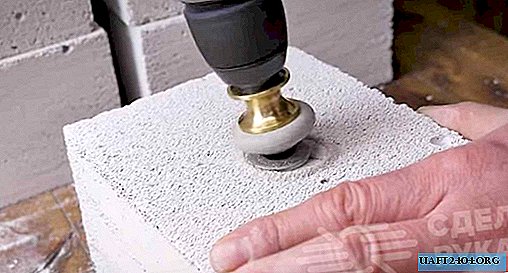
To do this, you can use the winner drill with a washer or a special device with a drill for metal. The second method gives a better result.
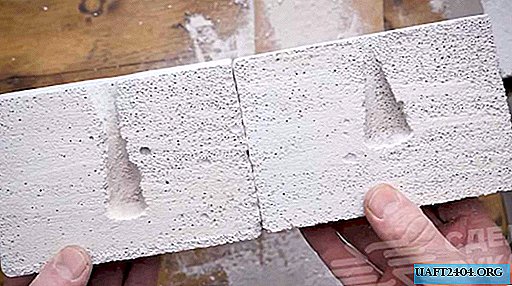
Next, it will be necessary to remove dust from the drilled hole - for this you can use a vacuum cleaner or a pear. You can also use a compressor.
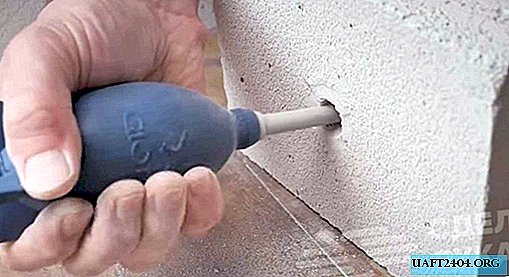
At the next stage, it is necessary to cut a piece of the desired length from the stud. Moreover, for a chemical anchor it is better to use a good quality stud.
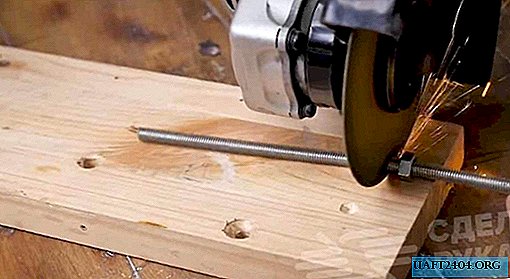
The centering sleeve can be made from a conventional plastic dowel by cutting off the top of it. However, if desired, you can use a metal sleeve.

Then the hole is filled with adhesive (this can be epoxy with sand, cement with sand, gypsum plaster, etc.) and a stud is inserted into it with a sleeve screwed onto it. We wait until the solution sets, and the fasteners are ready.
For details on which chemical anchor is best suited for aerated concrete, see this video.

